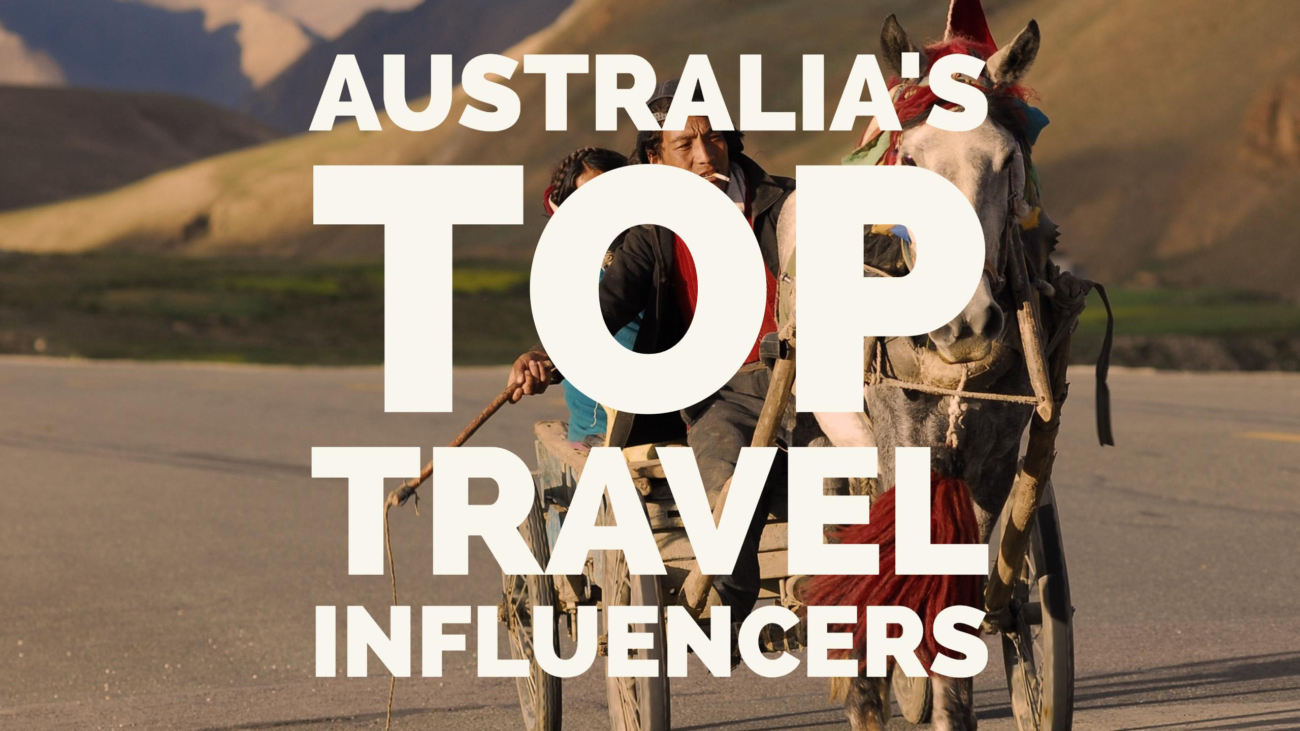
Their audience is broad, ranging from organisation members, volunteers, board members, media, politicians and policymakers. Not to mention the wider public in many cases. Their work is centred towards a cause, with no mind towards profit or personal gain.
The content is continuous, versatile and needs to be engaging, and always leads back to the main underlying message that drives the organisation.
Every NFP will have their own communications and engagement strategy, but there are a few universal truths to consider when developing not-for-profit related content.
Good NFP content is more than just words on the page. Those who subscribe to a not-for-profit cause are often looking for information, resources and benefits that will help their interests and the interests of the industry they support. It’s important to provide that through content which, unlike a media release, can house such opportunities. Online NFP mediums like blogs, newsletters, web pages and even online in-house news pieces should be abundant with images and videos that illustrate a point, as well as links to other websites and attachments (i.e published PDFs) that can provide further reading and scope to the information. By providing this, an NFP exhibits a level of commitment to stakeholders, and shows the content they provide is a one-stop shop for all the information anyone could want on their subject.
Some content ‘receivers’ have other things to worry about. Often an NFP is made up of volunteers and members who have their own lives and businesses outside of the organisation. It can get quite frustrating when a lot of time is spent on developing great content and no one seems to respond. You have to ask yourself, ‘how will this content affect the reader’? NFP content is not usually recognised as randomly generated news pieces and web posts for people to stumble on and say, ‘hmm, that’s interesting’, before going about their day. NFP content has to strike a chord; it has to entice; it has to make people feel personally invested. Using links to useful resources as previously mentioned is great way to start, as well as adopting catchy and insightful headlines and headings, but the next step is to develop content that really hits home.
For example…
Writing a fact sheet to convince businesses to contribute to an NFP cause may include content around the following:
- What is in it for the business?
- How will the business be affected?
- Why is the NFP the right group for the cause? What are their goals and how do those goals translate to the business?
Understanding the audience goes a long way. More important to content distribution, understanding who the audience is helps to determine how to provide them with content the way they like it. This might sound a little pandering, but, for example, you would not develop an NFP event invitation that looks like spam and then email it to a group of busy executives twice a day for a month. It’s important to know the receiver, understand their communication channels, and interact with them in a way that keeps them on side and receptive to the message. Knowing the audience also helps with the tone of content. Continuing with the ‘busy executives’ as my example group, these individuals may prefer a professional manner from an NFP, rather than a youthful and off-the-cuff conversation tone. Just like travelling to another country and speaking to a local, NFP content is most effective when it is in the right lingo.
NFP content should have something to say. Consider the following paragraphs for a hypothetical media release, written by a hypothetical NFP organisation:
[INSERT NFP ORGANISATION HERE] is in full support of [INSERT INITIATIVE/PLAN/NEW LAW] established by [INSERT SEPERATE ENTITY HERE].
“This is a great step forward and [INSERT NFP ORGANISATION HERE] is excited about what it will mean for the future,” said [INSERT NAME OF NFP HEAD HERE].
This approach is often taken to tell the world that an NFP is aware of a situation, and usually comes off as self-promotion. When creating content, an NFP should consider the benefit of others first, and their interests last. An insightful report of the information and what it means for others should be the first priority. Once readers are made clear of the news and what it means for them and their interest, then an NFP can round out the message with the pledge of support and whatever future actions they may take on the public’s behalf.
Ultimately, it comes down to understanding the definition of a not-for-profit – an organisation that does not operate for their own personal profit and gain. NFP content should reflect that, and be written and distributed with the interests of others in mind.







